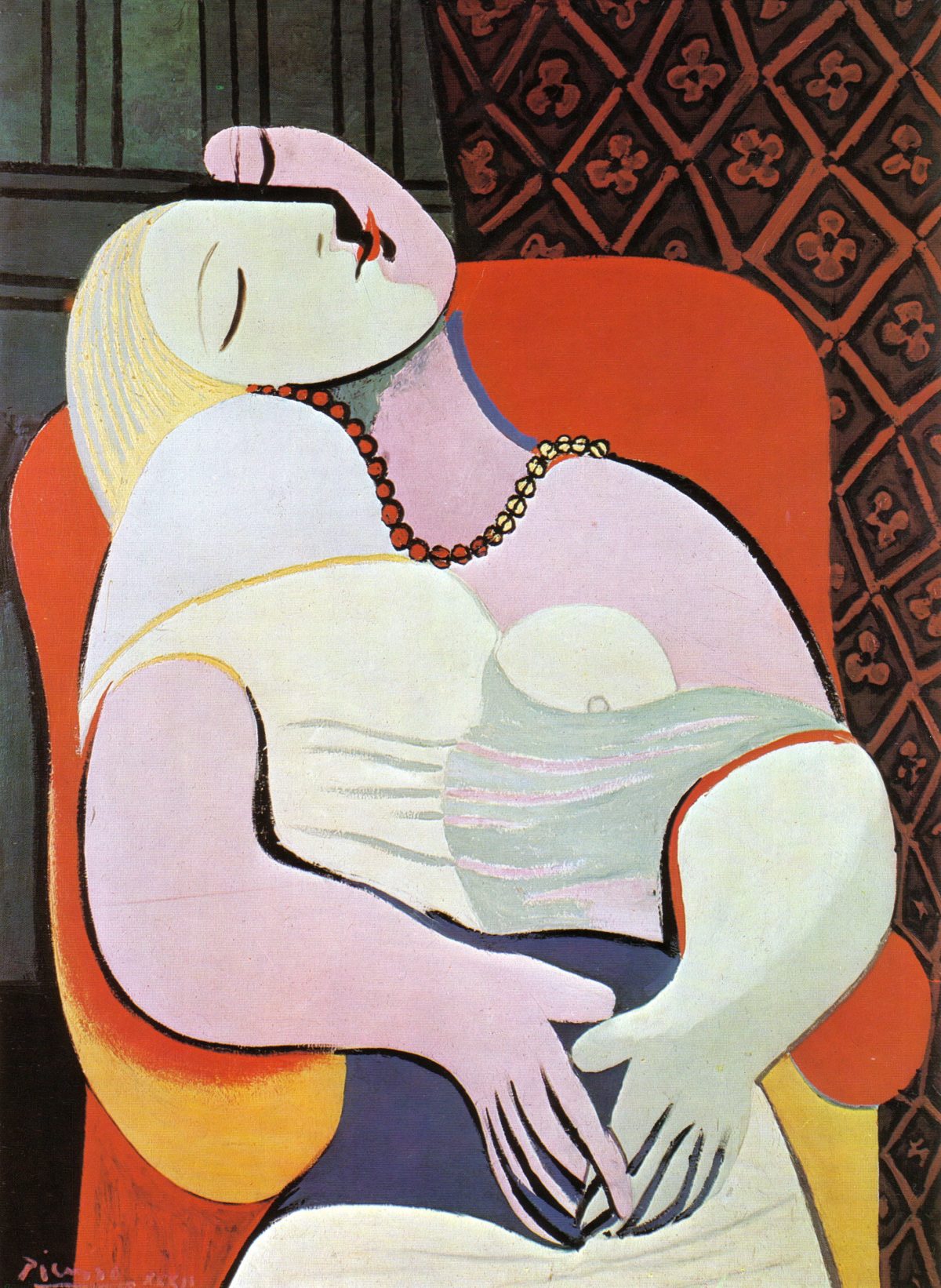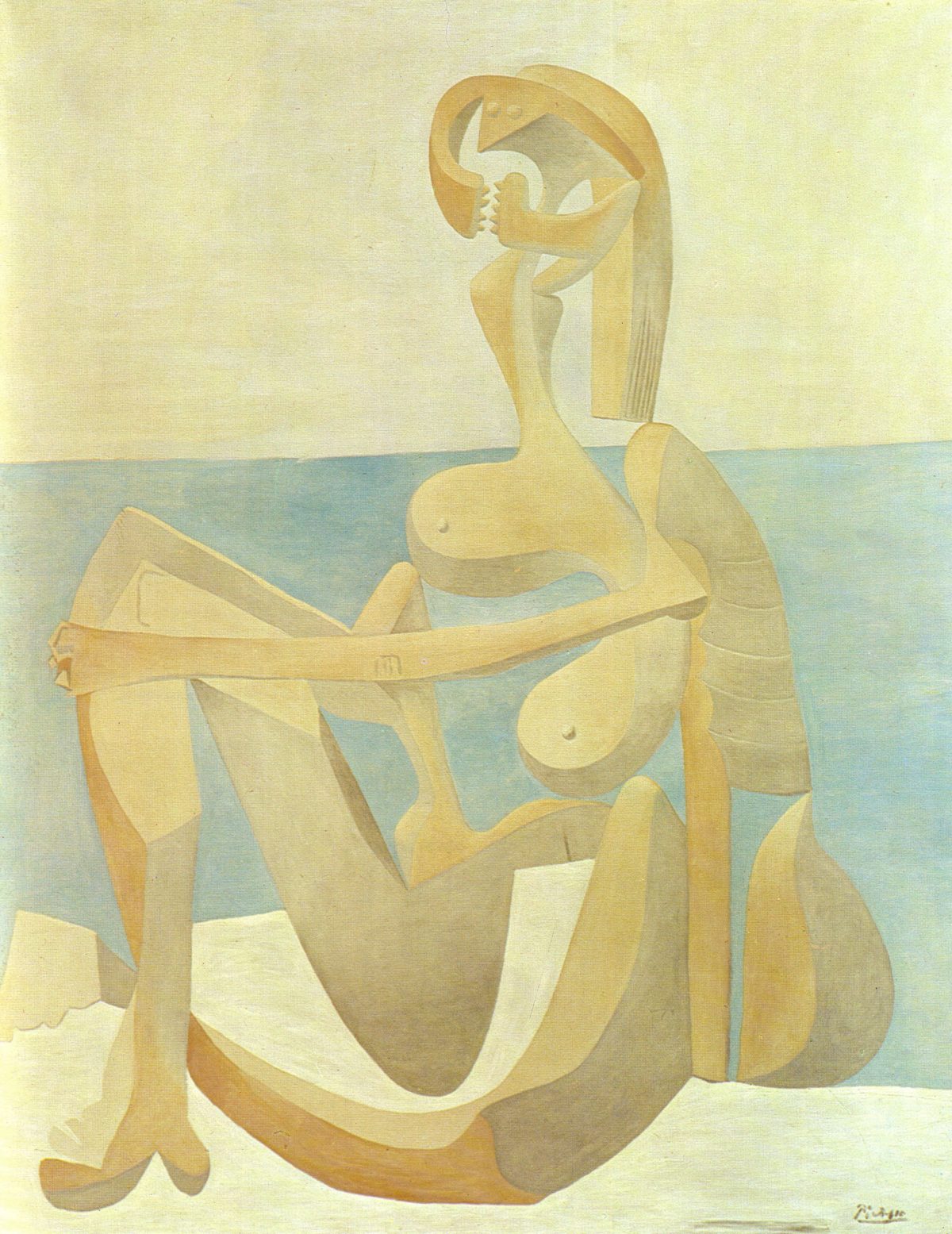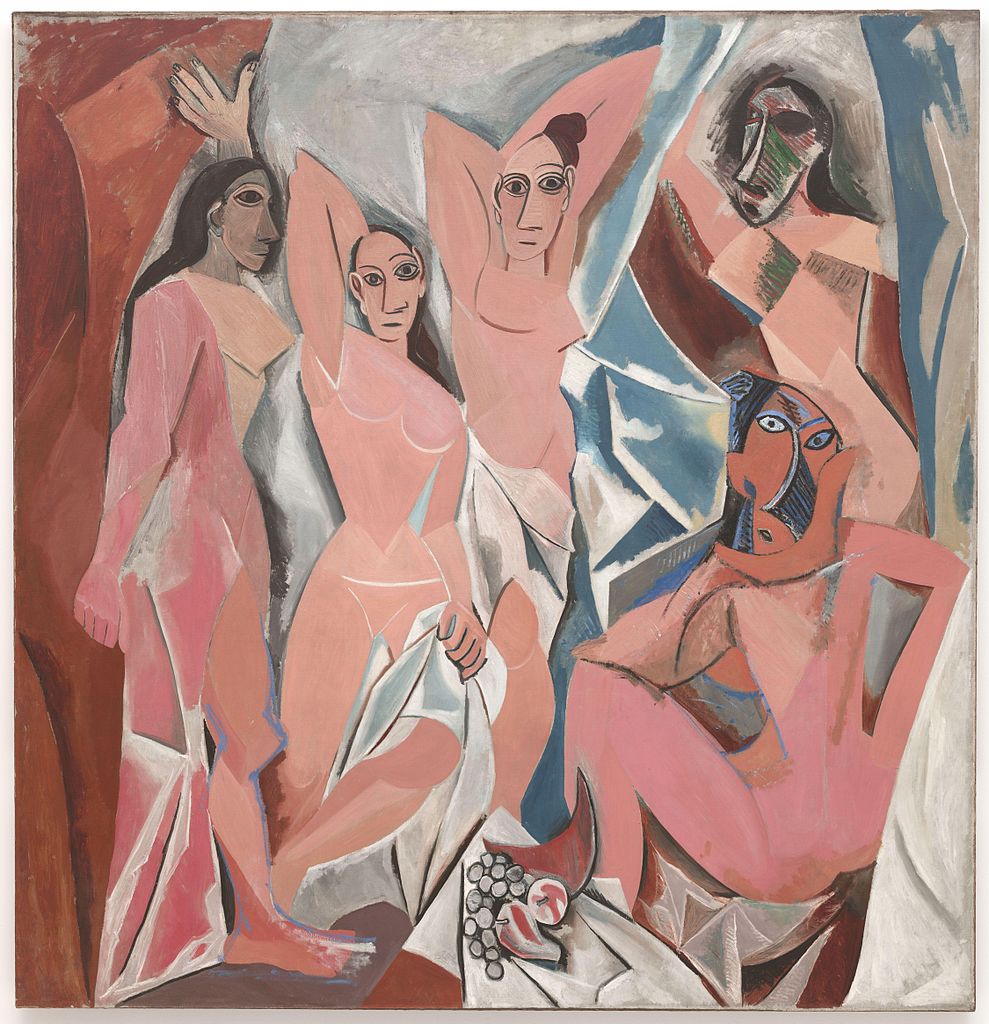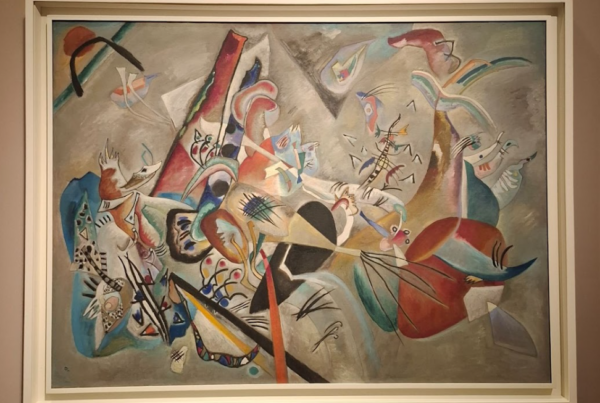
Pablo Picasso (25 October 1881 – 8 April 1973) was a man known for his love for women. The women and sex in his life had an enormous influence on his work of which the answer Picasso gave when asked about his views on art and sexuality is reflective: ‘They’re the same thing.’
His earliest depictions of sexuality date from the period when Picasso was a young boy living in Barcelona. Capturing the various scenes he and his friends stumbled upon in Barcelona’s notorious barrio rojo, or red light district, these works show that sex has influenced Picasso since the start of his career. His time in Paris, where he moved to next, brought forward one of his most famous works: Les Demoiselles D’Avignon (1907), a delineation of five prostitutes that is regarded as one of the most important paintings in the history of modern art.


Throughout his life, Picasso had relationships with quite a few women and every new lover seemed to inspire a new style of painting. Olga, Marie-Thérèse, Dora, Francoise and Jacqueline: Picasso portrayed all of them with a sense of erotica and longing that manifested his admiration for these women. Looking at Woman Asleep In An Armchair (The Dream) (1932) we see Marie-Thérèse Walter, one of his mistresses, with voluptuous sweeping curves in bright colours.
But when his relationships turned sour, so did his paint-
ings: Seathed Bather (1930) shows Olga Khoklova, his wife at that time, as a mechanical object with a skull-like head, nothing left of the gorgeous woman Picasso once portrayed her as. One thing we can be sure about is that without his women, Picasso would not have been the highly acclaimed painter he was, and still is, today. <<

References:
– [Image 1] Retrieved at November 16, 2018 from https://www.flickr.com/photos/historystack/18007934901/.
– [Image 2] Retrieved at November 16, 2018 from https://www.flickr.com/photos/91352029@N04/10962444003/.
– [Image 3] Retrieved at November 16, 2018 from https://www.flickr.com/photos/nichodesign/10962387583/in/photostream/.
Pablo Picasso (25 October 1881 – 8 April 1973) was a man known for his love for women. The women and sex in his life had an enormous influence on his work of which the answer Picasso gave when asked about his views on art and sexuality is reflective: ‘They’re the same thing.’
His earliest depictions of sexuality date from the period when Picasso was a young boy living in Barcelona. Capturing the various scenes he and his friends stumbled upon in Barcelona’s notorious barrio rojo, or red light district, these works show that sex has influenced Picasso since the start of his career. His time in Paris, where he moved to next, brought forward one of his most famous works: Les Demoiselles D’Avignon (1907), a delineation of five prostitutes that is regarded as one of the most important paintings in the history of modern art.


Throughout his life, Picasso had relationships with quite a few women and every new lover seemed to inspire a new style of painting. Olga, Marie-Thérèse, Dora, Francoise and Jacqueline: Picasso portrayed all of them with a sense of erotica and longing that manifested his admiration for these women. Looking at Woman Asleep In An Armchair (The Dream) (1932) we see Marie-Thérèse Walter, one of his mistresses, with voluptuous sweeping curves in bright colours.
But when his relationships turned sour, so did his paint-
ings: Seathed Bather (1930) shows Olga Khoklova, his wife at that time, as a mechanical object with a skull-like head, nothing left of the gorgeous woman Picasso once portrayed her as. One thing we can be sure about is that without his women, Picasso would not have been the highly acclaimed painter he was, and still is, today. <<




